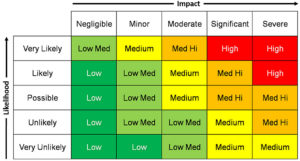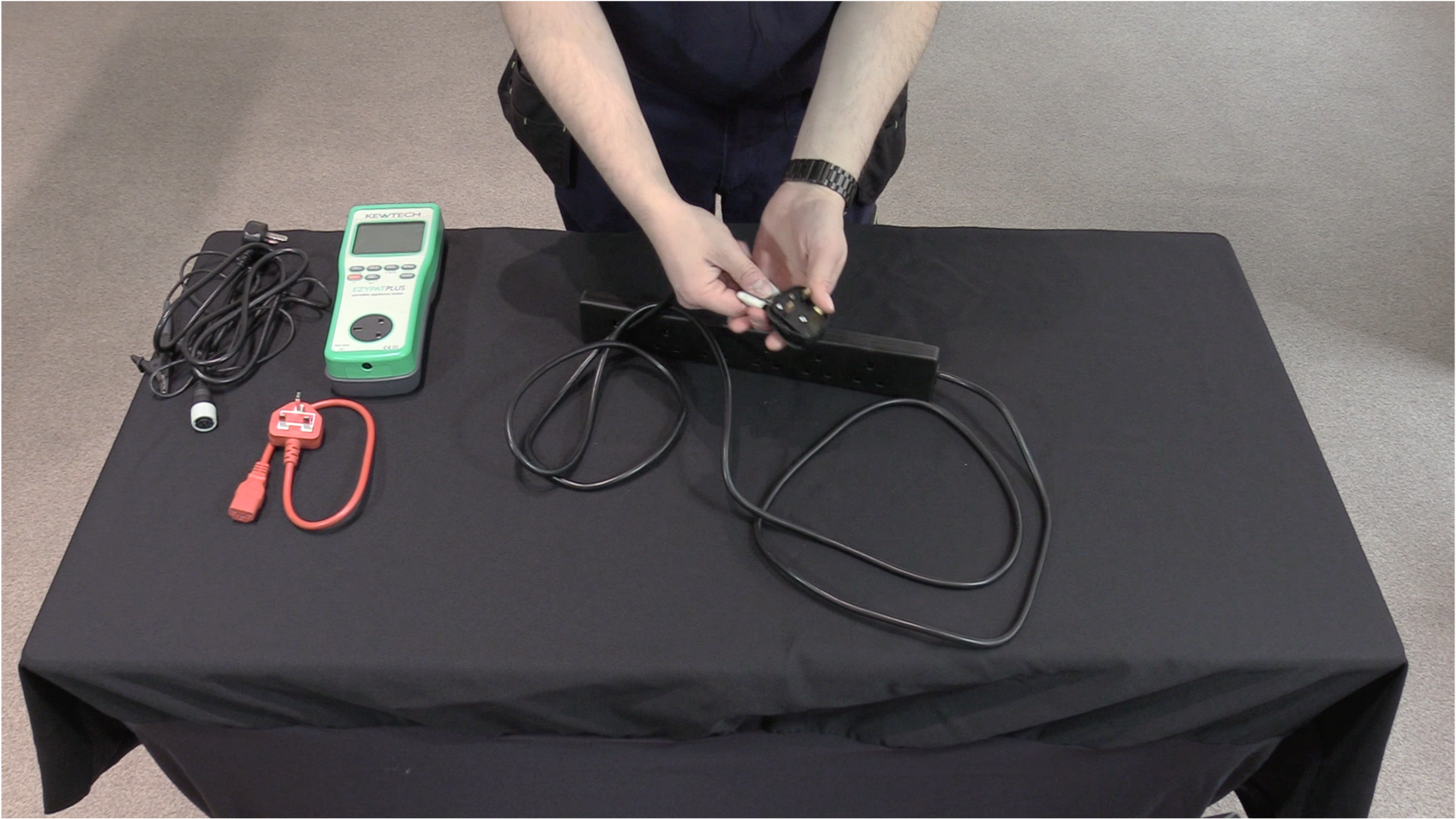
Since violence and aggression in the workplace became a health issue in April 1996 I have delivered more than 4,500 days of training and prepared around 400 expert witness reports.
I can honestly state that in twenty-two years doing this legal work, one of the most recurring themes when I consider training provision and delivery, is how has this company or organisation arrived at the decision to adopt and use this particular training?
Disturbingly the rationale (I’m being generous here) proffered is along the lines that, ‘It’s better than no training!’
Well to be fair, there are occasions when I have actually said, ‘No, its not!’ In fact, people would be safer without some kinds of training. I will talk more about training later in this series of articles about aggression and violence.
Kickboxing for Call Centre Staff?
In 2015, I was asked to provide guidance and an evaluation on a course for a quite large company’s staff in the midlands.
The course was a generous three day ‘interactive’ workshop consisting of Taekwondo, a hint of kickboxing and a pinch of good old fashioned, left hook, right cross conventional pugilism.
The participants were giving it everything and gusto was the word.
The problem for this particular group of workers: they were employed as advisors within a call centre! Locked safely away miles from everyone and never likely to meet with their angry clients.
A few weeks previously there had been a spate of incidents with customers shouting and threatening the staff and calling them seriously offensive names. A friend of a friend did some training and suddenly the course was on and to be fair to the employees, they really liked it.
However, it wasn’t the right training for this group of employees based upon the reported incidents that were causing them to become distressed and/or angry. They were being subjected to verbal abuse including threats of physical and sexual violence, as well lewd comments and suggestions.
These employees were encountering psychological abuse. But they were receiving training for a physical threat. This indicates a serious disparity between what is needed and what is provided.
When The Last Resort Becomes The First
Many years ago, I underwent my first training course on the use of Control and Restraint known as C&R. It was one of the first systematic approaches to managing violent behaviour.
This type of C&R training was originally developed by the Home Office. But later it was adopted firstly through the prison service. Then little by little other organisations were attracted to its ‘comprehensive’ and effective management of violent individuals.
The training was tough and painful as all participants engaged in significantly realistic simulations or role play scenarios – often carried out in real time.
One of the inescapable outcomes of such intensive 5-day training, was that it also increased confidence amongst course attendees.
Armed with a whole new skill set that could really work, the hope was that staff would engage in more preventative approaches with angry and hostile people, knowing that they had a last resort of restraint (assuming there were three people available to carry out a restraint).
Unfortunately, for many students of C&R training, instead of ‘shelving‘ the last resort and using defusion skills, it became a first resort. Prompting a macho and at times menacing atmosphere that instilled fear – certainly within care providers.
Just Stand There & Take it
In 2020, one of the last training courses I delivered before the Covid-19 lock down was managing behaviour that challenges in the form of violence. The audience were carers and teachers of young people with behavioural difficulties.
The outcomes of the training were dictated by the company’s head office 120 miles away and they decided that their staff needed to understand why aggression may occur and how to defuse it – with a strong emphasis on non-physical interventions. In other words, do not lay hands on the person.
Sadly, when I had gained the confidence of the course participants and absolutely assured them that what they told me would not be shared outside of the room, I was astonished by the legion of stories told by them, andhow they were advised that if a person became violent, it would almost invariably be the fault of the staff member.
They also shared the fact that if a person become violent towards another, they were expected to stand there and take it!
If they were injured it would be because they failed to recognise the issue fast enough or their approach was provocative. I have seen and worked with staff who have been abrasive, argumentative, and determined to ‘win’ in a difficult situation.
However, there have been many when the employee has tried to do everything right. It is a conclusion that in some of my experiences I’ve wondered if staff are breathing correctly or even the colour of their eyes has been a consideration and a blame added to the poor employee when they’ve been assaulted.
When staff are hypersensitive and just waiting to use over the top restraining techniques then this is also situation where once again the disparity between what was needed and what was actually provided was almost the total opposite of the call centre staff.
What is Abundantly Clear?
Fact number 1: Employers cannot dictate what a training course can consist of unless they have carried out their own risk assessment and Training Needs Analysis.
Unfortunately, many employers genuinely do not seem to recognise their role under health and safety legal requirements or of even greater concern, do have full recognition of their obligations but choose not to implement them.
Neither explanation is good nor acceptable.
Risk Assessment
As it implies good behavioural safety around violence and aggression in the workplace is based upon a risk assessment – the assessment of risk. Whilst it is tempting to explore, evaluate and compare different kinds of risk assessments within different work settings, the Health and Safety Executive’s simple yet effective 5 step approach is more than adequate. If it sounds difficult, it can be easily learned from health and safety online training.
At the risk of teaching a grandparent to suck eggs the steps are simple:
Step one: Identify the hazards –Violence and aggression is the hazard
Step two: Decide who might be harmed and how – It should not be a decision, the risk assessment should indicate who might be harmed and how- employees, through robbery or not allowing a person into premises, or trying to prevent a person from attacking a more vulnerable individual.
Step three:– Evaluate the risks and decide on precautions. Is what we have in place sufficient to protect employees or reduce their vulnerability? If not, then how can we bridge the deficiency gap? This is also the time to try and quantify the risk violence presents.
Step Four: – Record your findings and implement them – Having a written risk assessment codifies the issue/s, allows for inspection and dissemination amongst the workforce so they know what the issues are.
The Risk Matrix
This ‘simple’ matrix uses ‘likelihood’ versus ‘impact’. So, if a customer has been in your shop three times this week and verbally abused the sales staff. It may be that the likelihood is ‘likely’ and the impact may be ‘moderate’ to ‘severe’, depending upon what the person is saying and who it is directed at.
Step Five: Review your assessment and update if necessary – regular reviews of the assessment is critical and a good risk assessment will ensure that the plan of action and its training needs are accurate and responsive to the dynamics of the human condition.
It may be that verbal abuse is viewed as ‘minor’ or even ‘negligible’ to an experienced member of staff, but significant or severe to a new, inexperienced employee, as they undergo training and receive good support the risk changes to less impact.
A good risk assessment should look at the customer/client group, the staff competencies, the environment and even different times of day.
Call Centre Staff Risk Assessment Example
Based upon a 5 step approach here is a risk/training matrix, with colours signifying what level or risk they face.
| Risk Assessment outcome | Call Centre Staff | Reception staff behind a screen | Front line workers |
| Physical V v
|
Physical v |
Physical v |
|
| Face to face verbal abuse
|
Face to face verbal abuse
|
Face to face verbal abuse
|
|
| Telephone or flame mail abuse |
Telephone or flame mail abuse |
Telephone or flame mail abuse |
|
LOW RISK
MEDIUM RISK
HIGH RISK
Based upon the risk assessment this is the type of training that should be indicated and included within a training matrix.
|
|
DEALING WITH VERBAL ABUSE VIA MAIL OR TELEPHONE | DEFUSION AND DE-ESCALATORY TRAINING | BREAKING AWAY FROM A VIOLENT PERSON | HAVING TO HOLD OR RESTRAIN A PERSON SAFELY | CRITICAL INCIDENT SUPPORT TRAINING |
| CALL CENTRE STAFF | YES | POSSIBLY | NO | NO | YES |
| RECEPTION BEHIND A SCREEN | YES | YES | NO | NO | YES |
| FRONT LINE WORKERS | NO | YES | YES | MAYBE | YES |
What Violence & Aggression Training Should Be
It is crucial that training provided matches the identified needs of the evidence-based approach and this includes research such as times of the day, skill mix, numbers of staff and this must then be designed to take into consideration established competencies.
The whole idea of a good training needs provision, is that it provides employees with a knowledge and skill base that is commensurate with the challenges facing them. Regardless, of whether it is face-to-face or violence and aggression training online, it must keep them safe and provide them with a set of skills that if necessary contain or control a violent person without causing unnecessary harm to the person.
It must always be the findings of a good risk assessment that prescribes the most effective and appropriate intervention for the employee.
Training that fails to address the identified need of the environment, client group and employees but instead appears to be a politically expedient gesture by managers isolated from their workforce is poor practice and not acceptable.
Imagine if a hospital trust decided in its wisdom to withdraw antibiotics from its regime of treatment for acute bacterial infections because of the chief executive’s dislike of its use, feeling that it doesn’t look good for the trust’s profile?
It would be the patient’s clinical presentation and needs that should dictate treatment- not the view of an out of touch manager.
The same applies to dealing with aggression and violence in the workplace. It is the needs and presentation of the person that will dictate what interventions should be used and taught and such presentations form the vital element of a good evidence-based risk assessment and in turn dictate its training needs.
A Coherent Thread
There must be a coherent thread that starts with the risk assessment through training needs to training delivery and its evaluation. Tracking of every step is crucial. Fortunately, tools like violence and aggression training online make this easier than it once was.
I call this thread the evidential trail and will refer to this in my other articles.
Being a victim of workplace violence can be a life changing and even traumatic experience. No employer who values its workforce can afford not to make them safe, with good training, based upon good evidence and best practice. No one should be employed as a punch bag.
It’s that easy.
About the author(s)
Walter Brennen is a world-renowned mediator and training specialist with experience in risk restraint monitoring and liberty protection safeguards.























































































































































































































































































































































































































































































